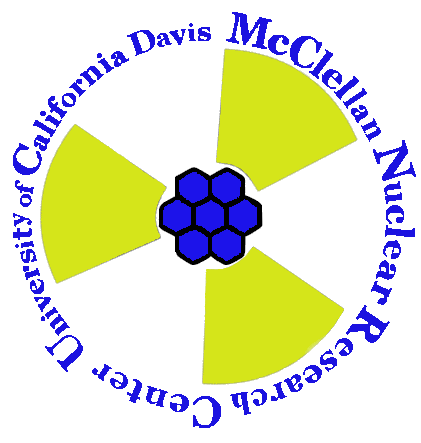Neutron activation analysis, discovered in 1936, stands at the forefront of techniques used for quantitative multi-element analysis of major, minor, trace, and rare elements. NAA allows the measurement of ~60 elements in small samples. The lower limit of detection is of the order of parts per million to parts per billion depending on the analyzed element and the activity of the bulk sample matrix.
The principle involved in neutron activation analysis consists of first irradiating a sample with neutrons to produce specific radionuclides. After the irradiation, the characteristic gamma rays emitted by the decaying radionuclides are quantitatively measured using gamma spectroscopy, where the gamma rays detected at a particular energy are indicative of a specific radionuclide's presence. Data analysis then yields the concentrations of various elements in the samples being studied. MNRC provides help with sample preparation, data analysis, and report preparation.
Unlike other analytical techniques, neutron activation analysis is a non-destructive method and often samples can be returned to the customer within days to weeks after their irradiation. Furthermore, the chemical form of the sample does not interfere with the assay of various individual elements. Solid samples are generally preferred, however, liquid samples can be assayed.
The following table provides a list of elements that may be quantitatively analyzed using neutron activation analysis:
Applications of Neutron Activation Analysis (NAA)
NAA can be used for a large variety of applications; the following represent some examples for scientific uses in different disciplines:
- Archeology
- Sourcing of clays and pottery
- Biology
- Toxins in Fish and agricultural products
- Trace elements in oil and lipids
- Chemistry
- Contaminants in salts, pure crystals, and metals
- Engineering
- Composition and contaminants in metals, thin film deposits plastics
- Forensics
- Analysis of bullets and other crime scene materials (paint, glass, metals)
- Geology
- Sourcing and composition of igneous rocks, sediments, and basalts
- Medicine
- Toxins and trace elements in hair, skin, and nail samples
- High Energy Physics
- Detection of trace levels of naturally occurring radioactive material such as thorium and uranium
- Precious Metal Assay
- High fidelity measurements of precious and rare earth metals in geological samples
- Environmental toxins
- Detection of trace levels various toxic metals such as mercury, uranium, and thorium
